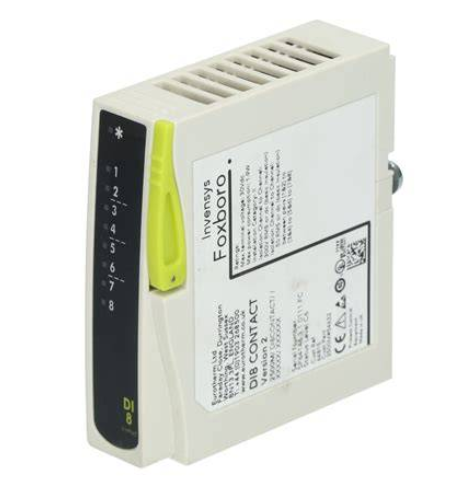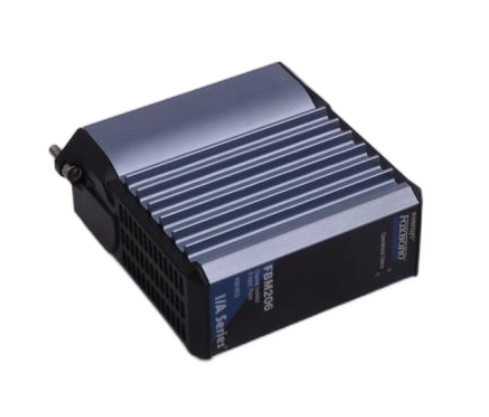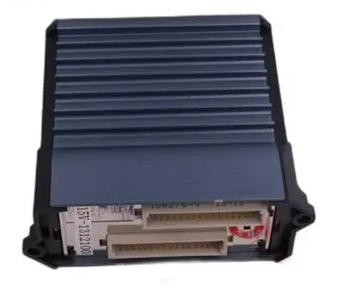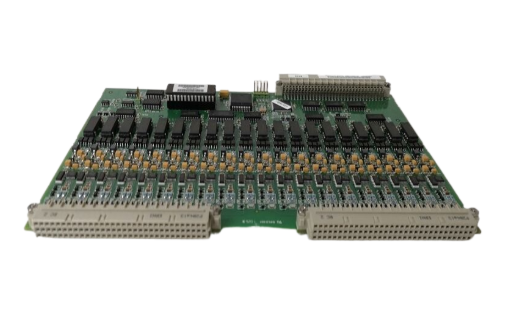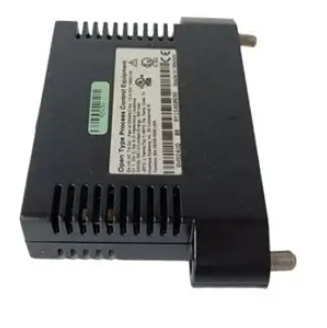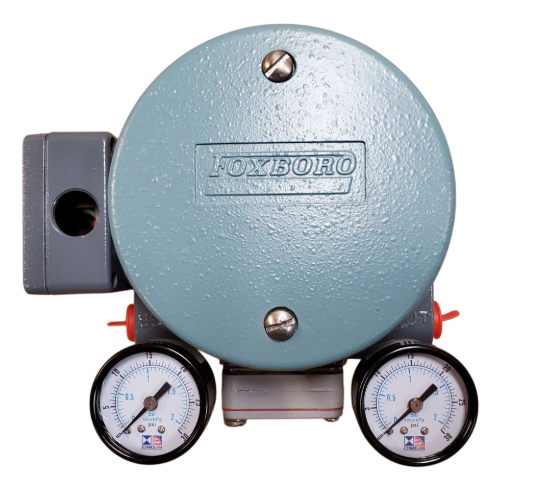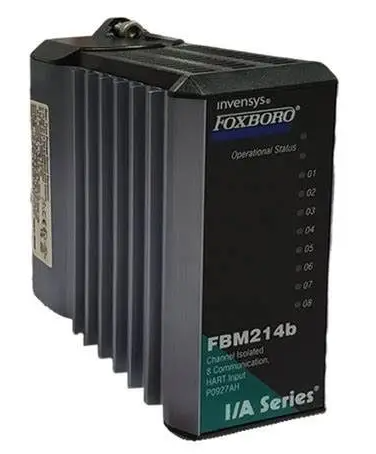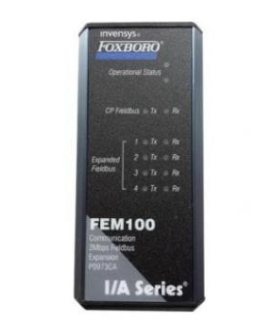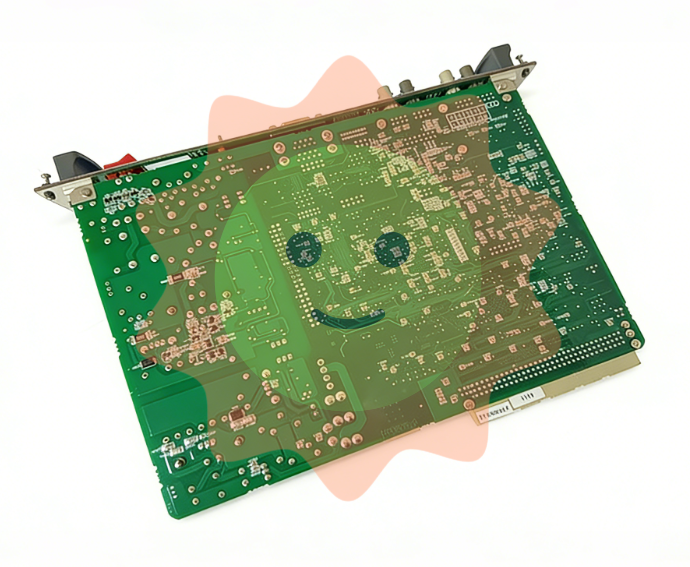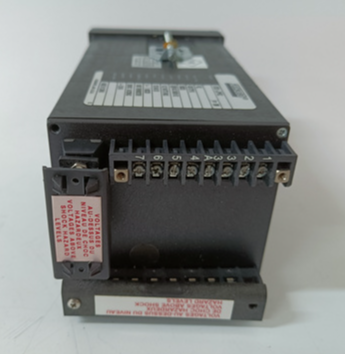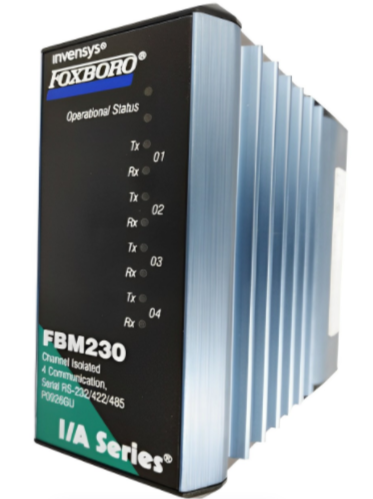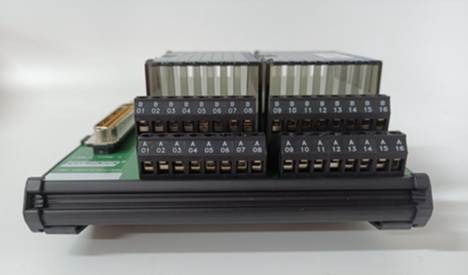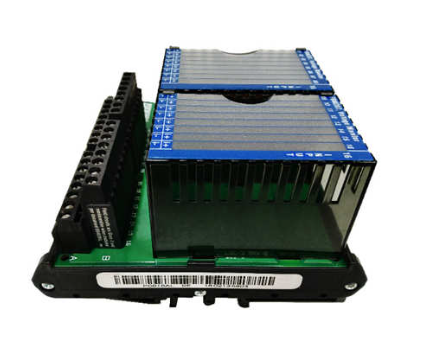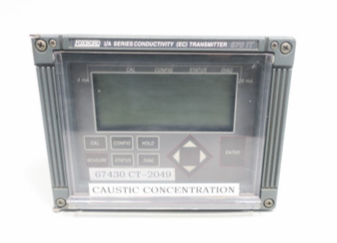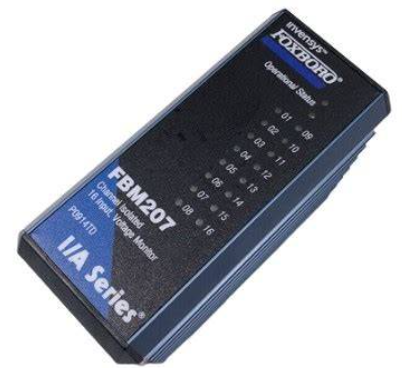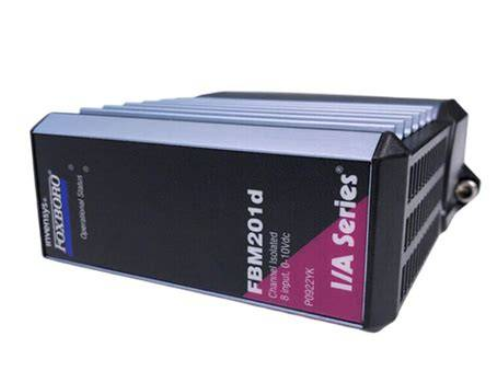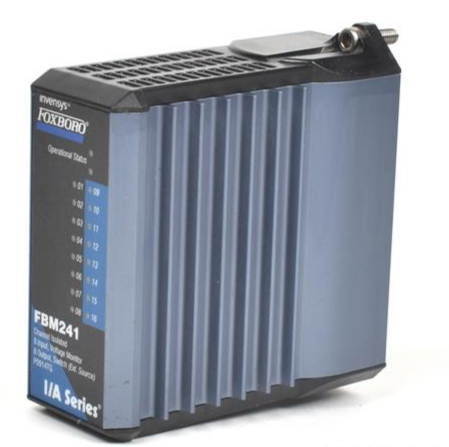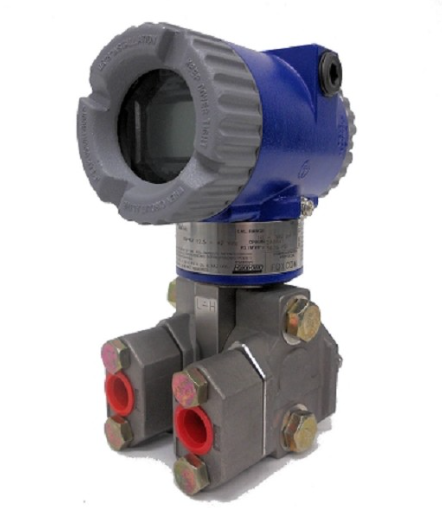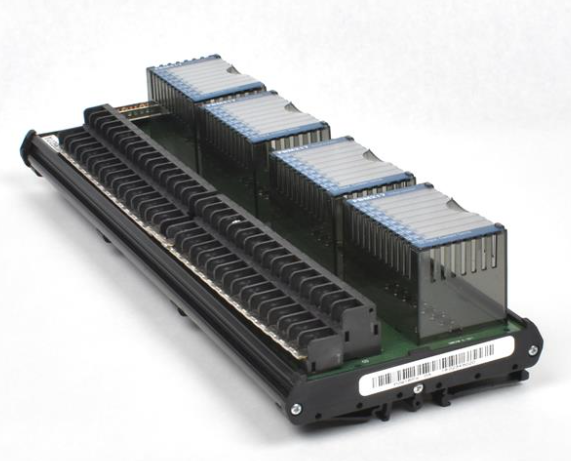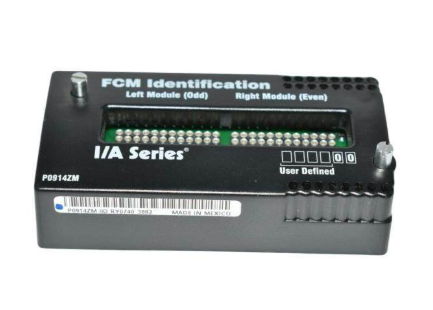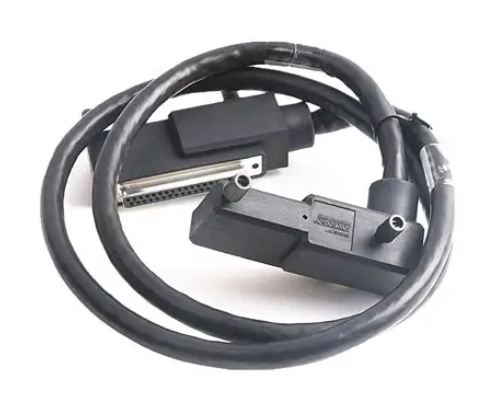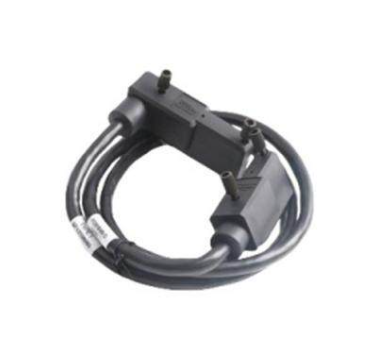Current situation and prospect of hydropower industry
I. Hydropower has a long history of development and a complete industrial chain
Hydropower is a renewable energy technology that uses the kinetic energy of water flow to generate electricity. It is a widely used clean energy source with many advantages, such as renewability, low emissions, stability and controllability. The working principle of hydropower is based on a simple concept: the kinetic energy of the water flow is used to turn a turbine, which in turn turns a generator to produce electricity. The steps of hydroelectric power generation are: to divert water from a reservoir or river, there needs to be a source of water, usually a reservoir (artificial reservoir) or a natural river, which provides power; Water flow is directed through a diversion channel to the blades of a turbine. Diversion channels can control the flow of water to adjust the capacity of power generation; The turbine runs, and water hits the blades of the turbine, making it spin. Turbines are similar to wind turbines in wind power generation; The generator generates electricity, and the operation of the turbine turns the generator, which generates electricity through the principle of electromagnetic induction; Electrical energy transmission, the generated electrical energy is sent to the grid to supply urban, industrial and household electricity. There are many types of hydropower, according to different working principles and application scenarios, can be divided into river power generation, reservoir power generation, tidal and Marine power generation, small hydropower. Hydropower has multiple advantages, but there are also some disadvantages, the main advantages are: hydropower is renewable energy, hydropower depends on water cycle, so it is renewable, will not be exhausted; It is a clean energy, hydropower does not produce greenhouse gases and air pollutants, and has a small impact on the environment. With controllability, the hydropower station can be adjusted according to demand to provide reliable base load power. The main disadvantages are: large-scale hydropower projects may cause damage to the ecosystem, and social problems such as resident migration and land expropriation; Hydropower generation is limited by the availability of water resources, and drought or falling water flows can affect power generation capacity.

Hydropower, as a renewable form of energy, has a long history. Early water turbines and waterwheels: As early as the 2nd century BC, people were using water turbines and waterwheels to drive machinery such as mills and sawmills. These machines use the kinetic energy of the water flow to work. The emergence of electricity generation: In the late 19th century, people began to use hydroelectric power stations to convert water energy into electricity. The world's first commercial hydroelectric power plant was built in 1882 in Wisconsin, USA. Construction of DAMS and reservoirs: At the beginning of the 20th century, the scale of hydropower was greatly expanded with the construction of DAMS and reservoirs. Famous dam projects include the Hoover Dam in the United States and the Three Gorges Dam in China. Technological advances: Over time, hydropower technology has been continuously improved, including the introduction of turbines, hydrogenerators, and intelligent control systems, increasing the efficiency and reliability of hydropower.
Hydropower is a clean, renewable energy source with a chain spanning several key links, from water management to electricity delivery. The first link of hydropower industry chain is water resource management. This includes the scheduling, storage and distribution of water flows to ensure a steady supply of water to turbines to generate electricity. Water resource management often requires monitoring parameters such as rainfall, flow rate and water level in order to make appropriate decisions. Modern water management also focuses on sustainability to ensure that power capacity can be maintained even in extreme conditions such as drought. DAMS and reservoirs are key facilities in the hydropower industry chain. DAMS are often used to raise the water level and create pressure, which increases the kinetic energy of the water flow. Reservoirs are used to store water to ensure sufficient flow during times of peak demand. The design and construction of DAMS need to take into account geological conditions, water flow characteristics and ecological impacts to ensure safety and sustainability. Turbines are the core components in the hydropower industry chain. When water flows through the blades of a turbine, its kinetic energy is converted into mechanical energy, making the turbine spin. Turbine design and type can be selected based on water speed, flow and height to achieve the highest energy efficiency. After the turbine spins, it turns connected generators to generate electricity. Generators are the key equipment for converting mechanical energy into electrical energy. Generally, the operation principle of a generator is to induce current by rotating a magnetic field to produce alternating current. The design and capacity of the generator needs to be determined according to the power demand and water flow characteristics. The electricity produced by the generator is alternating current, which usually needs to be processed through a substation. The main functions of the substation include boosting (increasing voltage to reduce energy loss when electrical energy is delivered) and converting current types (converting alternating current to direct current or vice versa) to suit the requirements of the power delivery system. The last step is electrical energy delivery. The electricity generated by the power stations is transmitted through transmission lines to power users in urban, industrial or rural areas. Transmission lines need to be planned, designed and maintained to ensure the safe and efficient transmission of electrical energy to its destination. In some areas, electrical energy may also need to be processed again through substations to meet the needs of different voltages and frequencies.

2. Abundant hydraulic resources and sufficient hydroelectric power generation
China is the world's largest hydropower producer, with abundant water resources and large-scale hydropower projects. China's hydropower sector plays a key role in meeting domestic electricity demand, reducing greenhouse gas emissions and improving the energy mix. Social electricity consumption is a key economic indicator, which reflects the level of electricity consumption in a country or region, and is of great significance for measuring economic activities, electricity supply and environmental impact. From the data released by the National Energy Administration, China's whole society electricity consumption shows a steady growth trend, as of the end of 2022, China's whole society electricity consumption of 8637.2 billion KWH, an increase of 324.4 billion KWH from 2021, an increase of 3.9%.
According to the data released by the China Electricity Council, the secondary industry consumes the most electricity in China, followed by the tertiary industry. The primary industry consumed 114.6 billion KWH of electricity, up 10.4 percent over the previous year. Among them, the electricity consumption of agriculture, fishery and animal husbandry increased by 6.3%, 12.6% and 16.3% respectively. The comprehensive promotion of the rural revitalization strategy and the significant improvement of rural electricity conditions in recent years and the continuous improvement of the level of electrification have driven the rapid growth of electricity consumption in the primary industry. The secondary industry consumed 5.70 trillion KWH of electricity, an increase of 1.2 percent over the previous year. Among them, the annual electricity consumption of high-tech and equipment manufacturing increased by 2.8%, and the annual electricity consumption of electrical machinery and equipment manufacturing, pharmaceutical manufacturing, computer communication and other electronic equipment manufacturing increased by more than 5%. The electricity consumption of new energy vehicles increased by 71.1%. The tertiary industry consumed 1.49 trillion KWH of electricity, an increase of 4.4% over the previous year. Fourth, domestic electricity consumption of urban and rural residents was 1.34 trillion KWH, an increase of 13.8 percent over the previous year.
China's hydropower projects are distributed throughout the country, including large hydropower stations, small hydropower stations and distributed hydropower projects. Famous hydropower projects include the Three Gorges hydropower Station, one of the largest hydropower stations in China and the world, located in the Three Gorges area on the upper reaches of the Yangtze River. It has a huge power generation capacity to power industry and cities; Xiangjiaba Hydropower Station, located in Sichuan Province, is one of the largest hydropower stations in southwest China. It is located on the Jinsha River and provides electricity to the region; Sayimu Lake Hydropower Station, located in Xinjiang Uygur Autonomous Region, is one of the important hydropower projects in western China. It is located on the Sayram Lake and has a significant power supply function. According to the data released by the National Bureau of Statistics, China's hydropower generation has steadily increased year by year, and by the end of 2022, China's hydropower generation was 1,352.195 billion KWH, an increase of 0.99% over the previous year. As of August 2023, China's hydropower generation was 718.74 billion KWH, slightly reduced from the same period last year, a decrease of 0.16%, mainly due to the impact of climate, 2023 rainfall significantly reduced.

China has the world's largest installed hydropower capacity. China's hydropower capacity refers to the total capacity of electricity generated by hydroelectric power stations. Hydropower is a kind of clean energy that uses the kinetic energy of water flow to convert into electric energy. China is rich in water resources, so it has great potential and development space in hydropower. According to China's National Energy Administration, by the end of 2022, China's total installed hydropower capacity exceeded 40 gigawatts, accounting for about one-third of the world's total installed hydropower capacity. In recent years, the cumulative installed capacity of hydropower in China has increased year by year, as of the first half of 2023, the cumulative installed capacity of hydropower in China is 418 million kilowatts, 5.36 million kilowatts more than the end of 2022.
China's water investment refers to the investment made by the Chinese government and relevant departments for the purpose of improving water resources management, flood control and drought relief, irrigation, hydropower generation and ecological environmental protection. Water investment is of great significance to China's economic development, agricultural production, environmental protection and energy supply. In 2022, China completed 1,089.3 billion yuan of investment in water conservancy construction, an increase of 44% over 2021, and the largest amount of investment in water conservancy construction since the founding of the People's Republic of China, making important contributions to stabilizing the macroeconomic market and promoting economic recovery.
China's water conservancy and hydropower projects are an important part of the national infrastructure construction, which covers many fields such as hydropower stations, water conservancy projects, irrigation facilities and flood control projects. Operating income of water conservancy and hydropower projects refers to the total income of these projects, reflecting the scale and development of China's water conservancy and hydropower industry. The operating income of water conservancy and hydropower projects in China has steadily increased year by year, and the operating income of water conservancy and hydropower projects in China has exceeded 70 billion yuan by the end of 2022, an increase of 1.15% compared with 2021.
- EMERSON
- Honeywell
- CTI
- Rolls-Royce
- General Electric
- Woodward
- Yaskawa
- xYCOM
- Motorola
- Siemens
- Rockwell
- ABB
- B&R
- HIMA
- Construction site
- electricity
- Automobile market
- PLC
- DCS
- Motor drivers
- VSD
- Implications
- cement
- CO2
- CEM
- methane
- Artificial intelligence
- Titanic
- Solar energy
- Hydrogen fuel cell
- Hydrogen and fuel cells
- Hydrogen and oxygen fuel cells
- tyre
- Chemical fiber
- dynamo
- corpuscle
- Pulp and paper
- printing
- fossil
- FANUC
- Food and beverage
- Life science
- Sewage treatment
- Personal care
- electricity
- boats
- infrastructure
- Automobile industry
- metallurgy
- Nuclear power generation
- Geothermal power generation
- Water and wastewater
- Infrastructure construction
- Mine hazard
- steel
- papermaking
- Natural gas industry
- Infrastructure construction
- Power and energy
- Rubber and plastic
- Renewable energy
- pharmacy
- mining
- Plastic industry
- Schneider
- Kongsberg
- NI
- Wind energy
- International petroleum
- International new energy network
- gas
- WATLOW
- ProSoft
- SEW
- wind
- ADVANCED
- Reliance
- YOKOGAWA
- TRICONEX
- FOXBORO
- METSO
- MAN
- Advantest
- ADVANCED
- ALSTOM
- Control Wave
- AB
- AMAT
- STUDER
- KONGSBERG
- MOTOROLA
- DANAHER MOTION
- Bently
- Galil
- EATON
- MOLEX
- Triconex
- DEIF
- B&W
- ZYGO
- Aerotech
- DANFOSS
- KOLLMORGEN
- Beijer
- Endress+Hauser
- MOOG
- KB
- Moxa
- Rexroth
- YAMAHA
- Johnson
- Westinghouse
- WAGO
- TOSHIBA
- TEKTRONIX


Email:wang@kongjiangauto.com

